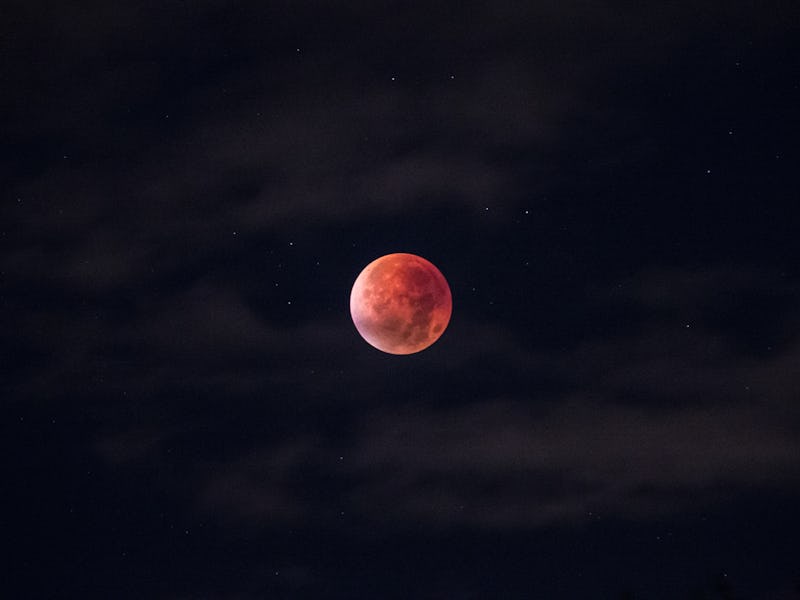Blood Moon in July Will Be the Longest of the 21st Century — How to See It
Someone call Bonnie Tyler, because it's the total eclipse of the century.

It’s hard to follow an act like June’s Strawberry Moon, which resulted in stellar views for stargazers and photographers alike. But July’s Blood Moon is already slated to make history as the longest total lunar eclipse of the 21st century.
The moon will pass through Earth’s shadow on July 27, creating a total lunar eclipse that will last for one hour and 43 minutes. Unlike solar eclipses, viewers don’t need instruments to protect their eyes while watching the event. It’s completely safe to watch with the naked eye or through a telescope.
The moon won’t be completely dark during the eclipse, but rather will display a deep red color. That’s because sunlight in Earth’s atmosphere will still reach the moon directly, even if Earth is blocking all direct sunlight from illuminating the moon during an eclipse. As the sun’s rays extend through the atmosphere, most colors in the light spectrum are filtered out from scattering. Only the red wavelengths are able to reach the moon’s face, giving it that reddish hue and the “Blood Moon” moniker.
The total eclipse will begin at 3:30 p.m. Eastern and maintain its signature blush until 5:13 p.m. Eastern. Before and after this nearly-two-hour eclipse, the moon will linger in the lighter part of Earth’s shadow, called the penumbra. Including the penumbral time, the event will last four hours with the moon showcasing various shades of red.
The Blood Moon will be completely visible in Eastern Africa, the Middle East, and Central Asia, and can be partially seen from West Africa, South America, Europe, and Australia. However, North America will sadly miss out on this celestial happening in their skies. But fear not! The Virtual Telescope Project and will livestream the event, beginning at 2:30 p.m. Eastern on July 27. And the internet will no doubt offer different vantage points of the Blood Moon from all over the world.
If stargazers miss the Blood Moon, the next lunar eclipse to be visible from North America will arrive on January 21, 2019, and will last one hour and two minutes. It won’t be as long or as colorful as the Blood Moon, so it will be worth it for stargazers to livestream the eclipse from North America or other areas with low visibility. It will also be the longest opportunity to play Total Eclipse of the Heart on repeat. Within an hour and 43 minutes, this total lunar eclipse can be soundtracked by Tyler’s epically long ballad — which clocks in at just under seven minutes — more than 14 times.